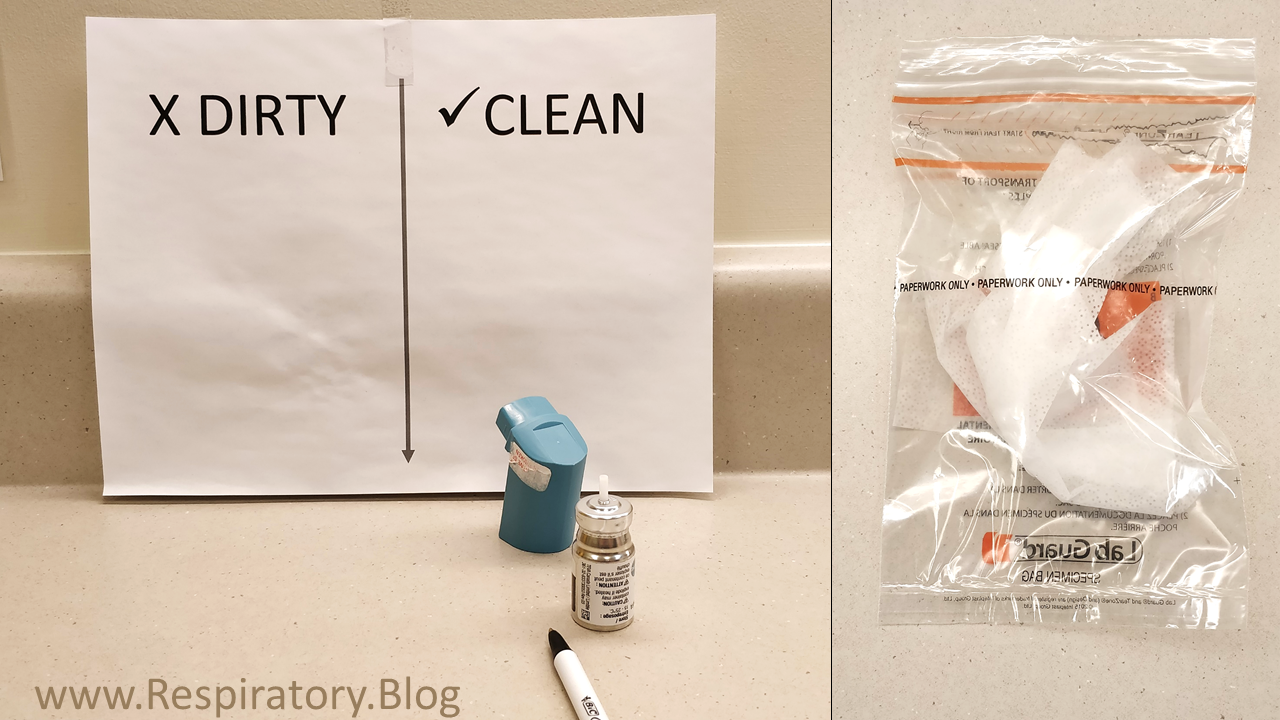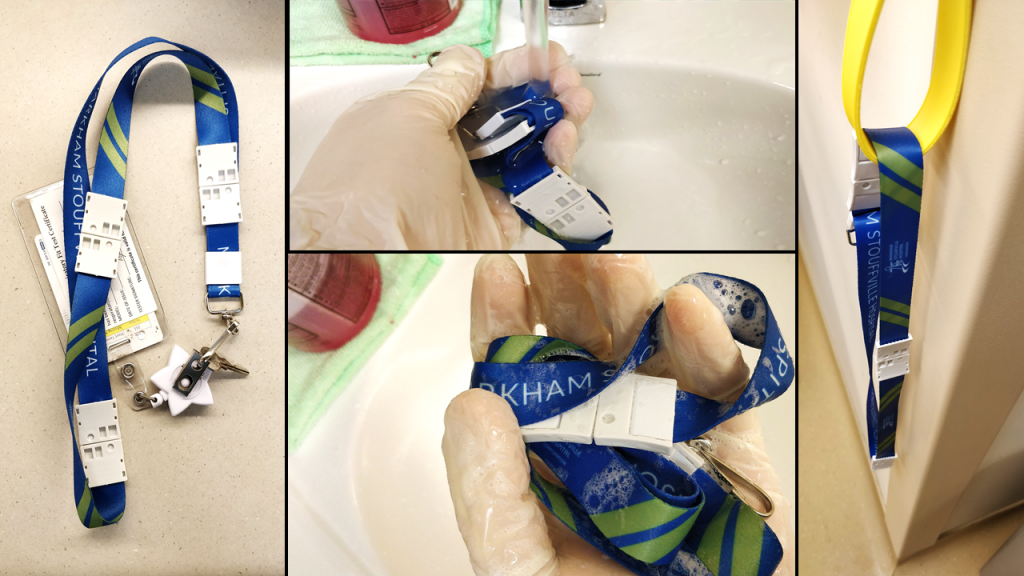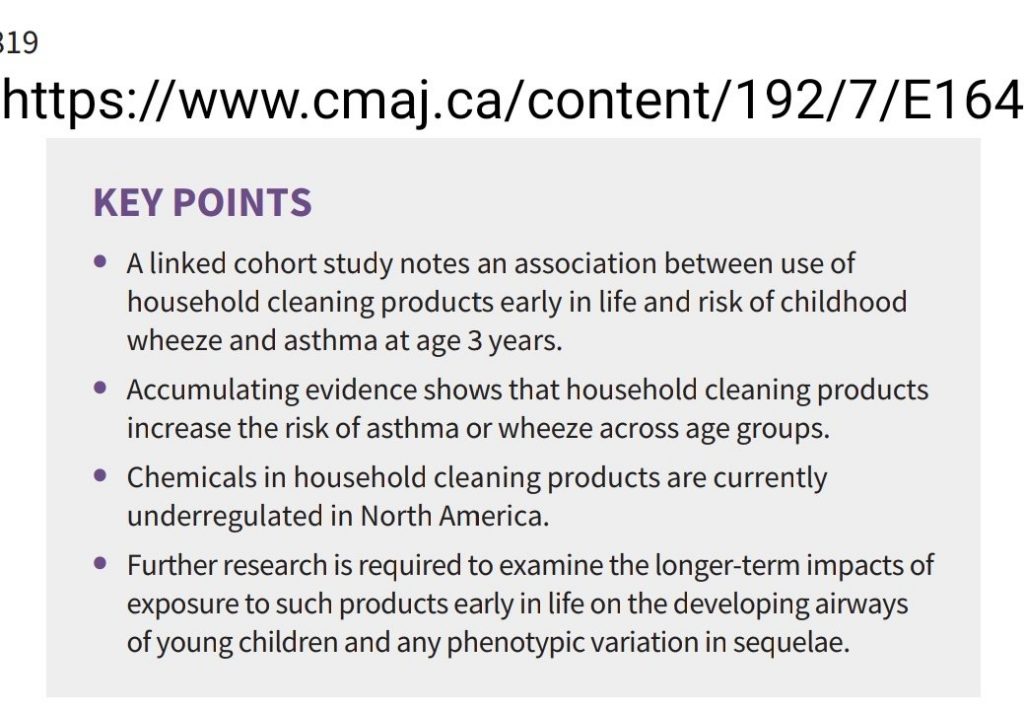From the conversations initiated by yesterday’s post, a few points came to surface. If you want to check out yesterday’s post, click on the following link: https://respiratory.blog/sept152020/
Firstly, we do many things to keep our equipment and clothing clean that we don’t even realize. For example, we use pens all the time and we tend to subconsciously clean them between patients rooms but not even realize it.
Secondly, there are always little and simple steps and hacks that we can adopt to help us along the way. For example, when I was deployed to the ICU, some of my responsibilities, besides patient care, included the preparation and cleaning of some equipment. Here is one simple trick: put a few cleaning wipes in a sample bag and place it beside the intubation kit/glidescope, or even inside/outside of the “procedure” room. This way, the bag is ready to go, and by closing the sample bag, the wipes will not dry out. I recall the number of times I had walked in the isolation room and I use the LAST cleaning wipe in the container! By taking the required items with me, life became more efficient and safe.
Here is an example for the PFT lab setting: I have left a little marker on the countertop so I can easily identify the ‘clean’ and ‘dirt’y side. After using the equipment I put them on the dirty side and that way I don’t have to ever doubt if the item has been wiped clean or not. I have noticed that patients also feel more comfortable and safe knowing that there is a clear cleaning system in place. Yes, a very simple step but on a busy day, it can go a long way.
What are some of the easy step, systems, or tricks that have helped you along the way?

Farzad Refahi
Sept. 16, 2020
https://respiratory.blog/sept162020/

